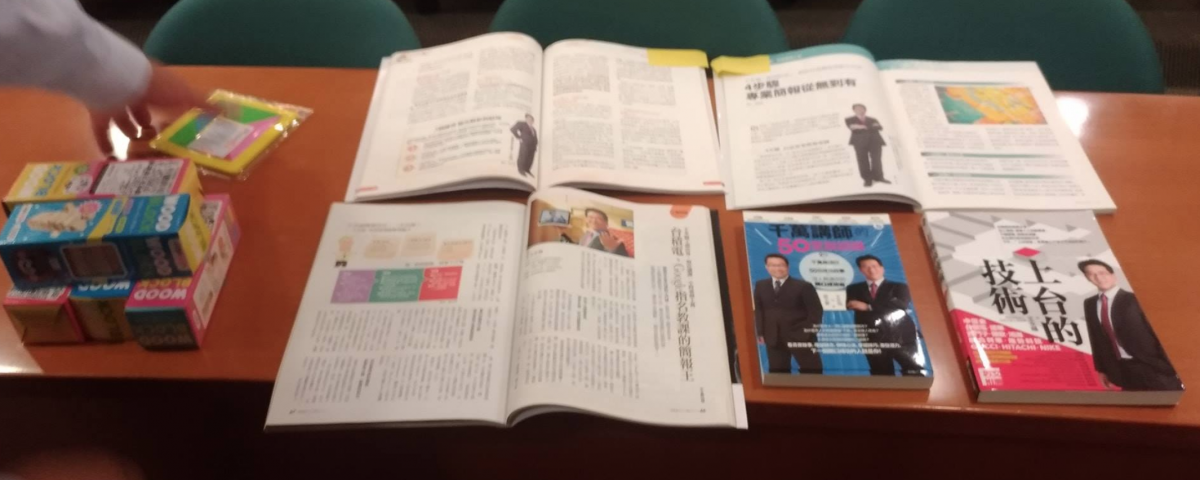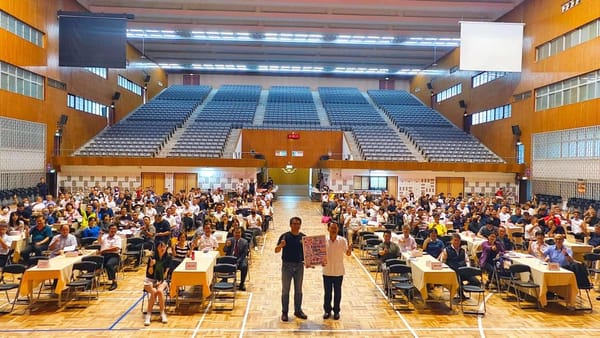PBL (2) Gamification- Point, Badge, leaderboard

In the previous article, we discussed the three core elements of gamifying education: Points, Benefits, and Leaderboards, abbreviated as PBL. Interestingly, another application of PBL in education is Problem-Based Learning, which is frequently mentioned in educational research and widely used in case-based teaching, business management, medical education, and other related fields. So, PBL is indeed a fantastic abbreviation!
Last time, we talked about the P - Points, including scoring calculations and operational details. Now, let's move on to B - Benefits and L - Leaderboards, and explore how they can be implemented.
Benefit
In some early studies on gamification, the "B" stood for Badge, referring to the concept of earning badges as achievements. This was inspired by early gamified applications like the FourSquare check-in game, where different check-in times earned different badges. Many games also have a leveling system, such as progressing from a Bronze Knight to a Silver Knight, Gold Knight, and finally a Platinum Knight. Some researchers even explored applying this badge mechanism to classroom teaching, creating virtual levels where students who performed well, participated actively, or submitted excellent assignments could accumulate points and level up. For example: Silver Good Student > Gold Good Student > Platinum Good Student... However, the research findings from experiments showed that "there was no significant impact between the badge system and student performance."
I couldn't help but laugh when I read about this study (Sorry, I should maintain academic impartiality XD). Applying badge systems in educational settings, of course, doesn't work! It's much better if adult learners are collecting precious stickers and trading them for cool badges!
What really works is not badges, but Benefits!
The rewards don't have to be extravagant; they just need to trigger engagement and make people want them! One reward I often use is a set of wooden building blocks—natural wood with a beautiful appearance and a great texture! Tangrams are another gift I use to differentiate rewards. Sometimes, when I forget to bring prizes, I use Chocolate (boxed ones work well too). I have also used snack packages (combining multiple snacks to make it look like a big package), books or magazines (both self-authored and from others). A friend of mine once used Taiwanese specialties (when teaching in mainland China) and genuine leather notebooks (high-quality and costly, do you know which extravagant teacher that was?). We have even used intangible rewards such as taking a photo with the teacher and appearing on the teacher's fan page (when the teacher is popular!), being invited to a TV show or radio interview (that's a grand reward), or even having the opportunity for one-on-one consultation or coaching from the teacher (somewhat like having dinner with Warren Buffett...). The methods are diverse; as long as they can trigger students' desires, they are considered good rewards!
When it comes to rewards, it may seem simple on the surface, but many people start having different associations. Questions like "Are rewards really effective?" or "Is this bribing students?" might arise. Should everyone receive a reward? Therefore, I would like to offer three reminders to help you establish effective reward mechanisms in gamified PBL teaching:
Benefit is just a reason of participating
Without witnessing it firsthand, it's hard to believe how much impact a small reward can have! The once reserved engineers become actively engaged in order to earn points, and the executives of a publicly listed company request their team's participation because they want to bring home building blocks. Throughout the entire course, there is no need for the teacher to assign tasks as everyone eagerly volunteers to take the stage. But upon closer reflection, one might wonder: Do the participants truly value these rewards?
Of course, they do! They desire these rewards as much as they can get them! (I recall the high-level executives of a major company, responsible for billions in revenue, being equally motivated by rewards and points in the classroom!) Therefore, while I suggest carefully planning reward mechanisms in gamified teaching processes, it is crucial for educators to have the right understanding: The focus should never be on the rewards themselves, but rather on learning! Rewards merely provide participants with a reason to engage!
Give benefit for group instead of individual
Many people encounter a common issue when implementing reward mechanisms: It seems like only a few individuals are being recognized, while others feel left out and lack the motivation for rewards. Additionally, the initial excitement fades when rewards are distributed, and there are no more rewards afterward.
This problem often arises because the rewards are given on an individual basis rather than to the team as a whole. When a teacher rewards only one person, it typically involves simple question-and-answer interactions followed by immediate rewards. This approach is not only too limited but also has its operational limitations (rewards quickly run out), and it only motivates a small portion of individuals (leading to excessive competition and potential peer pressure). Furthermore, individually rewarding every person may disrupt the flow of the class (interrupting teaching to distribute rewards), which is not an ideal approach.
A better method is to provide rewards to teams! Establish team divisions from the beginning (regardless of whether it's a small classroom or a large lecture hall, remember the grouping methods we discussed earlier?). Combine the points system mentioned in the previous article, where each interaction, answer, or performance accumulates points (with differentiated scoring based on performance and difficulty), and finally, allocate rewards based on the team's total score. This is a more effective approach to reward planning.
As a side note, it's important not to limit rewards to only the first-place team. If possible, rewards should be extended to the top three teams. This ensures that during the gamified teaching process, when one group takes the lead, the trailing groups won't give up entirely (as there is only one first-place position to strive for). Of course, I would still recommend offering different rewards for the first, second, and third places, gradually decreasing in value. For example, the first-place team could receive a set of building blocks, while the second-place team could receive tangrams, and so on.
Conclusion
To summarize, the above is the second part of Fu Brother's version - the planning of rewards in gamified PBL teaching. It includes the types of rewards (tangible or intangible), the essence of reward mechanisms, and methods of giving rewards. In fact, reward mechanisms involve deep theories of behavioral learning, including the connection between stimuli and responses. This is a topic that can be further explored in-depth in the future.
However, the final point I want to make is: Do not underestimate your learners! Rewards are merely a reason to engage, to make the course more motivating and enjoyable! Remember to respect your learners and provide rewards, but avoid continuously emphasizing rewards (just briefly mention them at the beginning). I once witnessed a teacher throwing fruit at doctors in the audience during a lecture, imitating the way one would throw food to dolphins or animals, while laughing mischievously and saying, "Come on, catch it!" I couldn't help but shake my head at that moment...
Rewards are external, but learning is fundamental! Emphasize what kind of learning and benefits you can provide to your learners. Let the integration of rewards and course instruction be seamless, making the course effective and enjoyable! That is the true purpose of gamified teaching!




